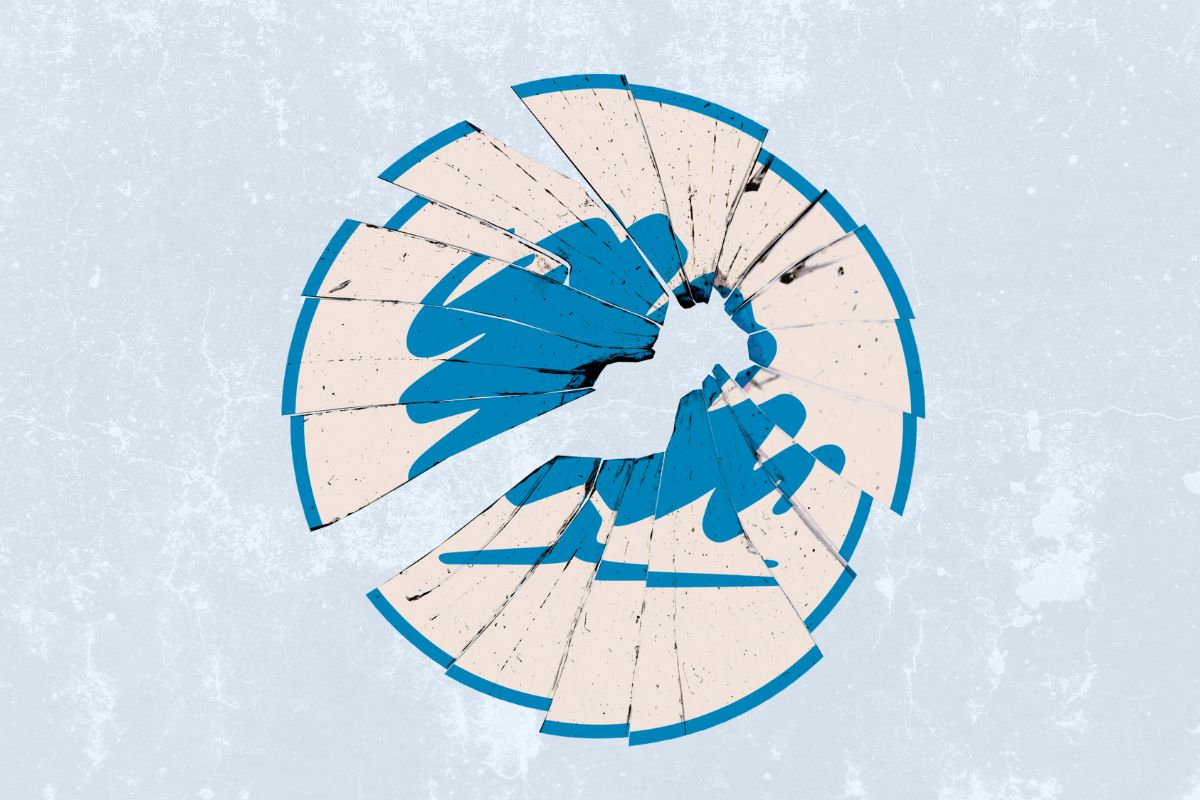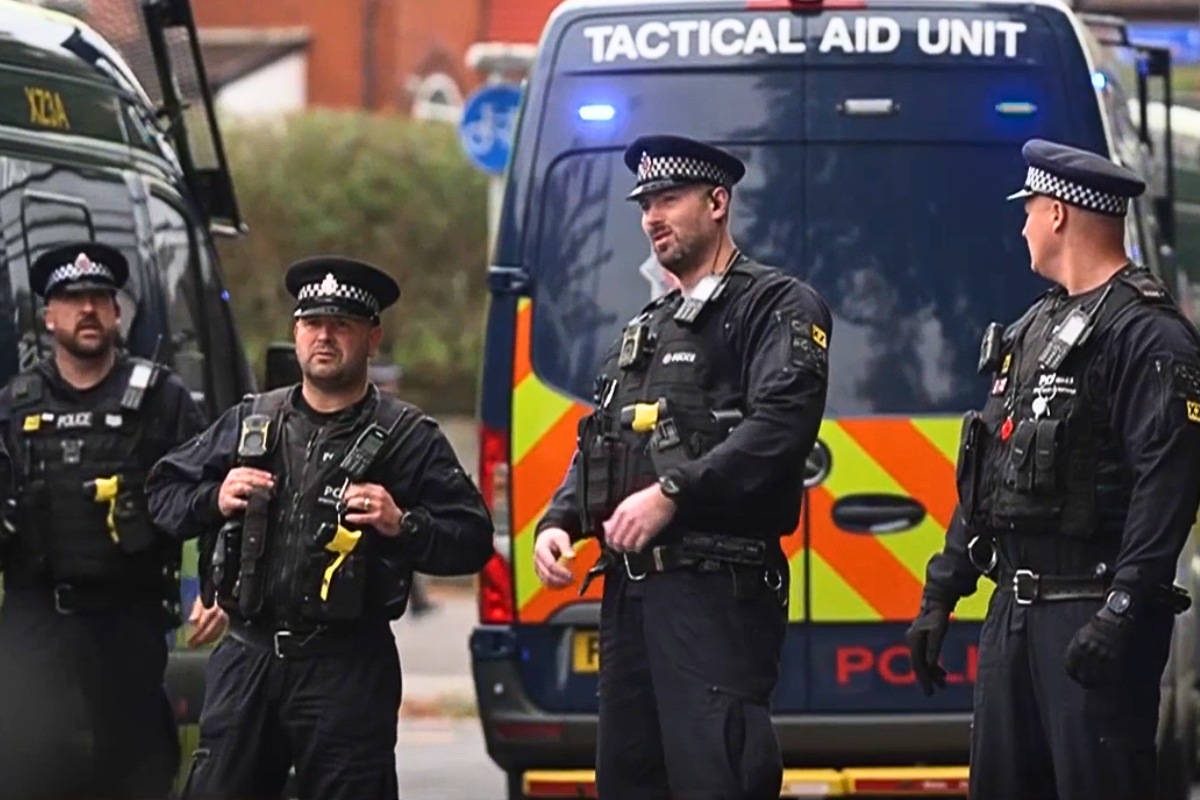Who killed Blair Peach? This is a question
which has been asked many times over the last 31
years, not only by the family and friends of Blair Peach, but the by the
thousands who joined a demonstration to protest against a so-called public
meeting held by the far right National Front as a provocation in predominantly
Asian Southall, on April 23rd,
during the election campaign of 1979.
No less than 14
witnesses came forward to say that they had seen Blair Peach struck on the head
by a member of the Special Patrol Group, then part of the London Metropolitan Police, hours before
he was to die of head injuries in hospital. And yet there were no prosecutions,
and a police report by Commander John Cass
was withheld from publication. An inquest recorded “death by misadventure”.
Now the Cass Report
has been released, confirming what we have known since 1979 – that Blair Peach
was killed by the police, one of six officers of the SPG, who jumped out of a van in a street in Southall, wielding
truncheons against demonstrators.That
this report was suppressed for so many years,
and that the coroner seemed to be in cahoots with a
police cover-up, is an outrage and an attack on civil
liberties. It seems that if you exercise your democratic right to go on a demonstration, to protest about fascism or anything else, then the police have the right to kill you! That is how it felt for those of us who
had been on the streets of Southall on that day
in 1979. Archbold (Criminal
Pleading, Evidence and Practice) was quoted in the Cass Report: "In case of riot
or rebellious assembly the officers endeavouring to disperse the
riot are justified in killing them at common law if the riot cannot otherwise be suppressed." Archbold is the ‘bible’, a basic reference
book, of the criminal courts. Its word is taken as a definitive statement of
the law.
Furthermore it is not
just demonstrators who are at risk. Last year, Ian Tomlinson, a newspaper
vendor died after having been attacked by police
during a demonstration during the G20 protests in 2009. He was not part of the
demonstration – just on his way home from work. It was anger at his death that
led to the Cass Report finally being published. The SPG that killed Blair Peach has since been
disbanded, but has been replaced by a similar paramilitary unit, the Territorial
Support Group, who were responsible for the death of Ian Tomlinson.
Police tactics such as
“kettling” – imprisoning demonstrators for hours – can catch members of the public as well. It was
like this in Southall on 23rd April 1979. The centre of the town was
sealed off in the afternoon by a major police operation including scores of police mounted on horseback. Those living and working
in the town had no means of escape. It was like an occupation. In the evening
riot police went into action against demonstrators and members of the public
who remained on the streets.
The 1970s had seen a
rise in unemployment under a Labour Government. After an IMF loan in 1976, the
government made cuts in public expenditure on a scale not known since the
1930s. It was this background – disillusionment with Labour – that led to
increasing support for the National Front, a fascist party which put the blame
for unemployment on immigration and attacked Britain’s black and Asian
communities. Southall contained one of the largest Asian communities in the
country. Asians had been subject to racist abuse and physical attack over the
years in the west London area. In 1979, the NF applied to use Southall Town
Hall for a public meeting on the spurious grounds that they had a prospective
parliamentary candidate in the area. But they had no support in Southall where
over 80% of the population are Asian. The Tory controlled Ealing Council
allowed them to hold this so-called “public meeting” as long as the “press”
could attend. In spite of pleas by local Labour councillors, the Labour Home
Secretary was not prepared to over-rule this decision. Local Asian associations appealed for
the meeting to be banned and organised a protest march. This only led to demonstrators being arrested.
On the day of the
planned meeting by the National Front, a general strike was called in Southall.
Elders from the Indian Workers Association sat in the road outside the Town
Hall in a bid to stop the NF from getting in. Police moved in rapidly to remove
them. There were many arrests and injuries. The youth of Southall were not
prepared to take this provocation and fought back. In the evening they were
joined by thousands of anti-fascist protesters, from the labour movement and
anti-fascist organisations across London. By this time the demonstration had
been broken up and the meeting went ahead with
members of the National Front and the press, but this did not stop protesters from continuing to be assaulted by riot and mounted police. Many did not escape – hundreds were injured or arrested on
trumped up charges. One member of the Labour Party Young Socialists was both
injured and arrested. He had to have stitches in his head. His charge, of resisting arrest was later dropped by the
police after a legal complaint!
After April 23rd,
the mood in Southall remained angry.
The following week thousands turned up to march past the spot where
Blair Peach had been killed. In the months that followed court cases following
the event were transferred to Barnet – miles away from the centre of Southall.
This was the background to the suppression of the publication of the Cass
Report, which was concluded in the summer of 1979. Every major anniversary of
the death of Blair Peach has been marked – in 1999 there was a demonstration, and
in 2009 there was a memorial meeting in the local community centre. It felt
very different from 1979, although the Southall police did find it necessary to
investigate a meeting of now ageing activists, held last
year.
But the lessons of
April 1979 for the labour movement were soon to be seen. In the years of Tory government that
followed, well-organised groups of workers like the miners were to be subject to the same
sort of attacks from the London Metropolitan Police, and worse. The events showed that the forces
of law and order will be used in collaboration with fascist and racist parties,
and that, in the face of protest and resistance, used
against the labour movement as a whole.






